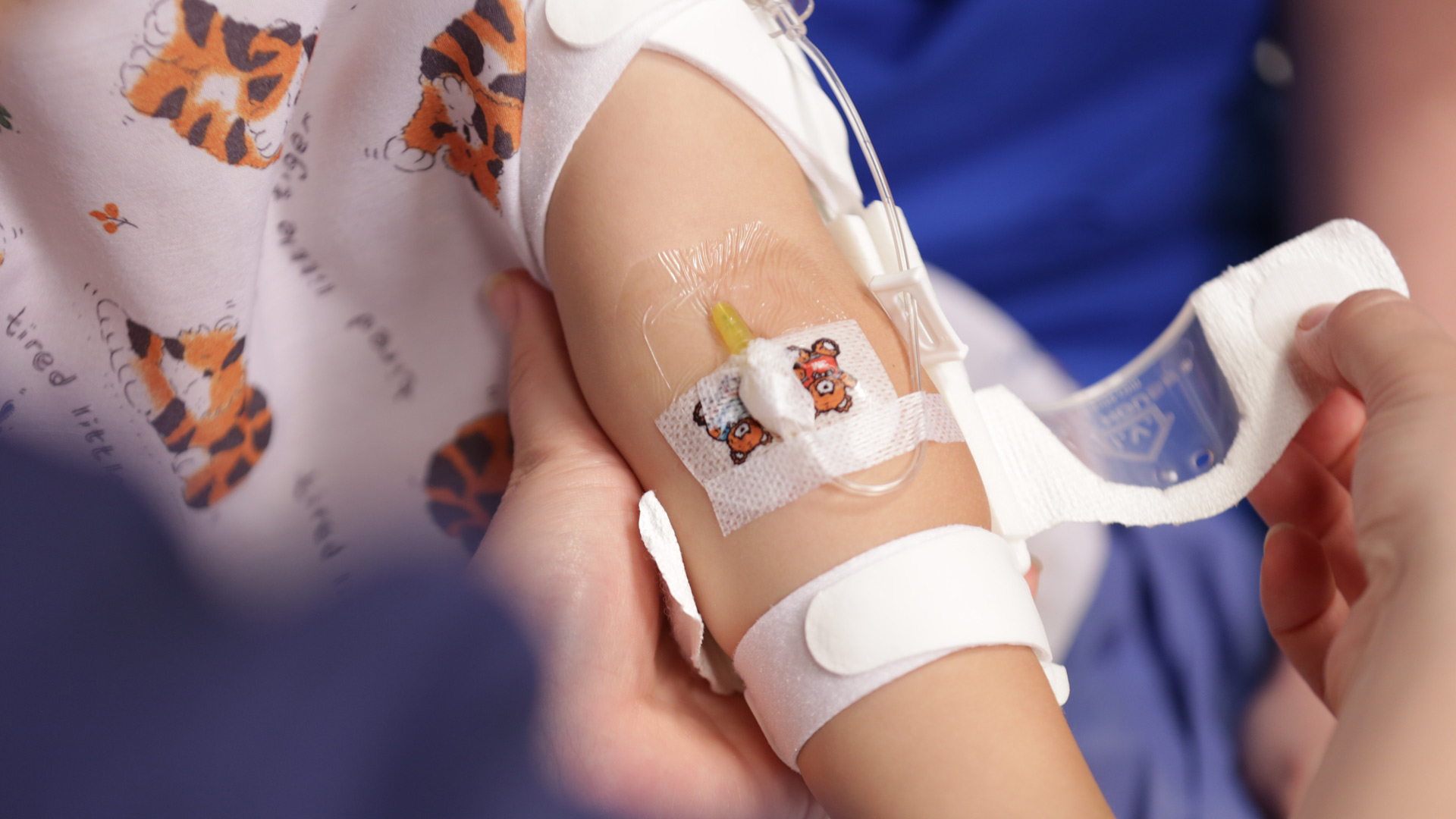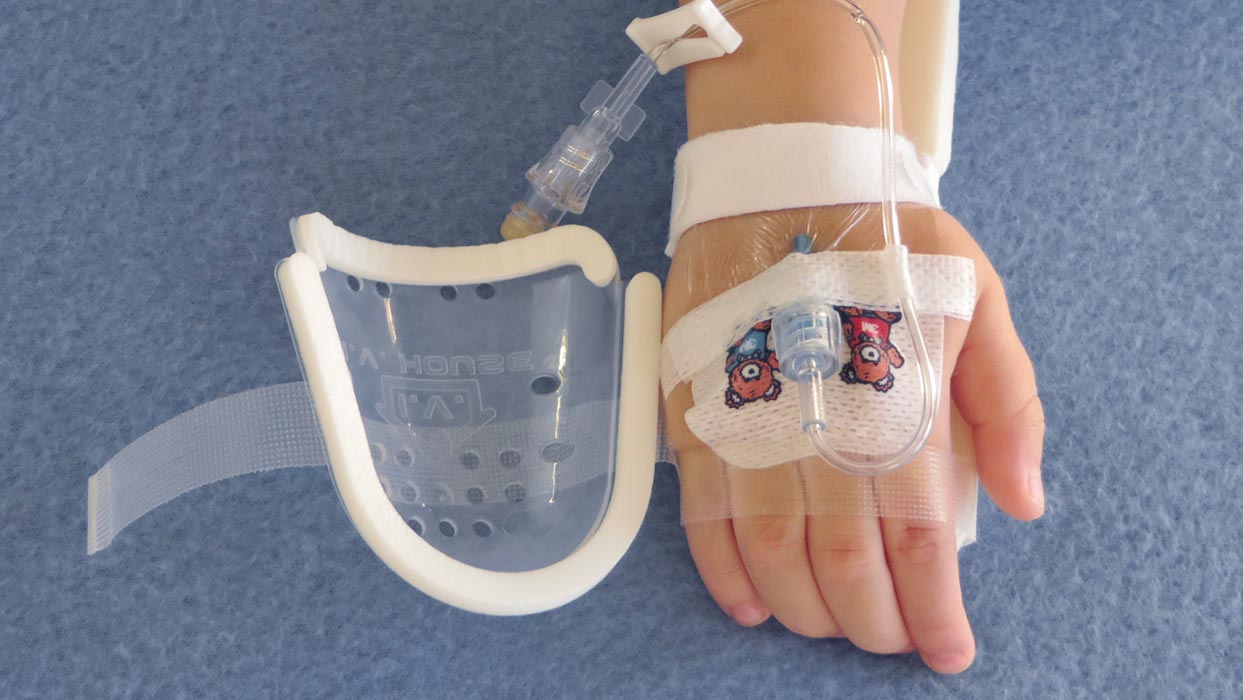Review of INS Standards Part 3 of 3: Site Protection and Joint Stabilization
Easy visual and manual assessment are key factors in selecting securement, IV insertion site protection, and IV therapy joint stabilization devices.
In our final installment of our review of the 8th edition of the Infusion Nurses Society Infusion Therapy Standards of Practice (INS Standards), we cover recommendations from the best evidence-based research regarding IV therapy site protection and joint stabilization.
VAD Securement
The INS recommends securing a vascular access device (VAD) to prevent complications associated with motion at the insertion site, including accidental dislodgment. These VAD securement methods should not interfere with routine visual and manual assessment or impede IV therapy infusion. The use of integrated securement devices, subcutaneous anchor securement systems, tissue adhesives, or adhesive securement devices is recommended in addition to the primary dressing to stabilize the VAD. The INS Standards recommends against the use of rolled bandages because they do not adequately secure the vascular access device. (Standard 38)
I.V. House devices can help your hospital comply with the latest edition of the INS Infusion Therapy Standards of Practice. Call (800) 530-0400 or contact IV House for product samples.
VAD Site Protection
The INS Standards once again supports the use of clear vascular access device covers, such as the I.V. House UltraDome® or I.V. House UltraDressing®, to protect the IV catheter and loop of tubing to support infusion therapy and protect against accidental dislodgment. These devices are shown to be especially effective with specific patient populations including pediatrics, the elderly, or those with cognitive dysfunction. (Standard 40)
In compliance with INS standards, the I.V. House UltraDome and I.V. House UltraDressing allow for fast and easy visual inspection and assessment at the vascular access site. The soft foam padding is comfortable for patients and the devices do not interfere with the prescribed infusion rate, delivery method, or catheter securement.
To discover how I.V. House devices can help your hospital comply with the latest edition of the INS Infusion Therapy Standards of Practice, please call (800) 530-0400 or contact IV House for product samples.

VAD Joint Stabilization
Joint stabilization devices, such as an armboard or splint, are used to facilitate infusion delivery, maintain VAD functionality, and minimize infusion therapy complications. They are not considered restraints. When an IV is placed in an area of flexion, such as the hand, elbow, or foot, a padded armboard should be applied in a manner that permits visual inspection. (Standard 39)
The TLC® Splint is the only ergonomically designed armboard created specifically to hold the area of flexion in the functional position for IV therapy infusion. See-through openings allow nurses to Touch, Look, and Compare the extremity with the IV insertion to the opposite extremity to check for common signs of complications such as changes in color, temperature, or swelling.
We’re proud to offer products that deliver on the promise of improved patient safety and increased nurse efficiency. If you’re interested in seeing how the I.V. House UltraDome, I.V. House UltraDressing, and TLC Splint, available for the wrist, elbow, and foot, can help your hospital comply with the latest edition of the INS Infusion Therapy Standards of Practice, please call (800) 530-0400 or contact IV House for product samples.
